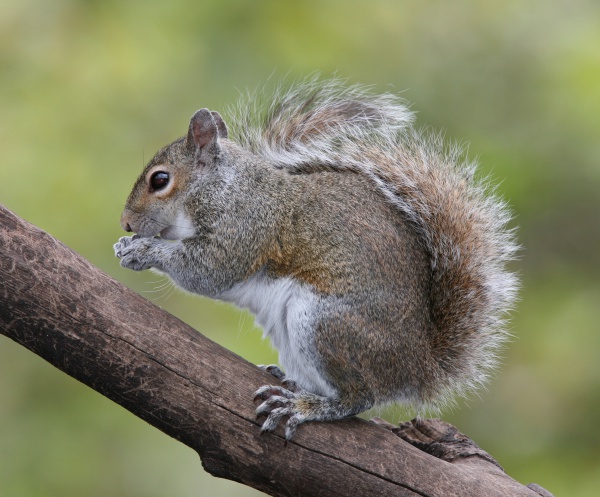Facts About Eastern gray squirrel
The eastern gray squirrel, often referred to as the grey squirrel, is a tree squirrel native to eastern North America and a member of the genus Sciurus. It's renowned for its role in the regeneration of natural forests in its indigenous region. However, this adaptable creature has spread to various parts of the world, including Europe, where it is frequently classified as an invasive species.
With its predominantly gray fur, which can show some color variations, and its large bushy tail, the eastern gray squirrel is easily recognizable. This species is extraordinarily adaptable, thriving in diverse environments ranging from urban areas to woodlands and parks. It is not merely a survivor; it is a scatter-hoarder, storing food in numerous small caches for later retrieval. Its diet is quite varied and includes tree bark, nuts, seeds, fruits, and even small animals.
Communication among eastern gray squirrels is intriguing, involving a combination of vocal sounds, body postures, and gestures. They construct nests, known as dreys, in trees and are most active during the early morning and late afternoon. These squirrels breed twice a year, typically with one litter in the spring.
In regions where eastern gray squirrels have been introduced, they often outcompete native species like the red squirrel, particularly in the UK and Ireland. This displacement is attributed to their competitive edge, larger size, and superior ability to store fat for winter. Efforts to control their population are ongoing to protect native wildlife, leading to some controversy due to their significant impact on local ecosystems.
Interestingly, eastern gray squirrels have also spread to parts of western North America and other global locations. Historically, they were a food source, and their meat remains popular among hunters in North America. However, consuming squirrel brains is not recommended due to potential disease risks.
The fossil record of the eastern gray squirrel dates back to the Pleistocene era, with findings in Florida. Over time, the species has experienced changes in body size. Today, the eastern gray squirrel stands out as a highly adaptable and successful species, leaving substantial ecological impacts in the regions it inhabits.

 Canada
Canada